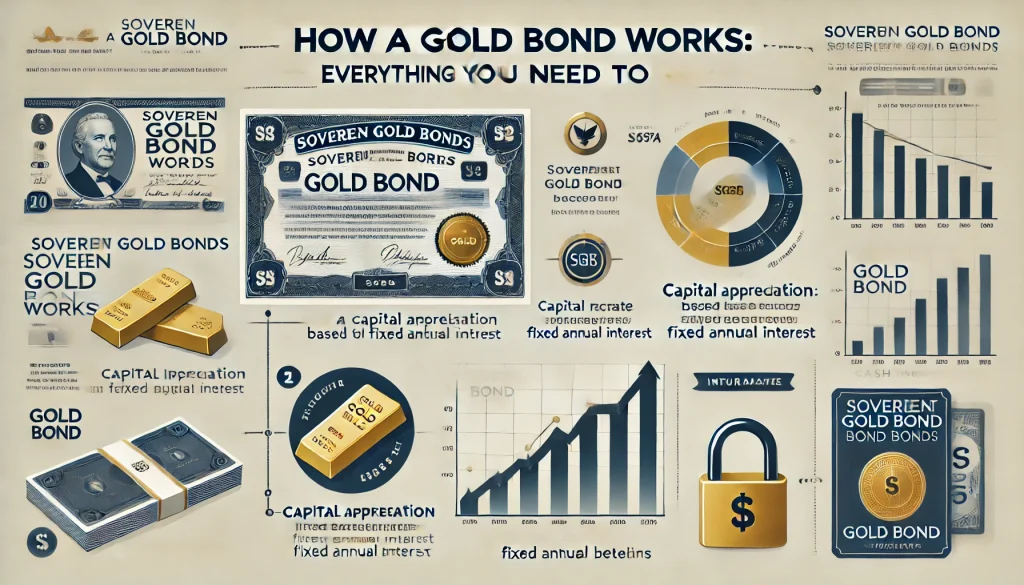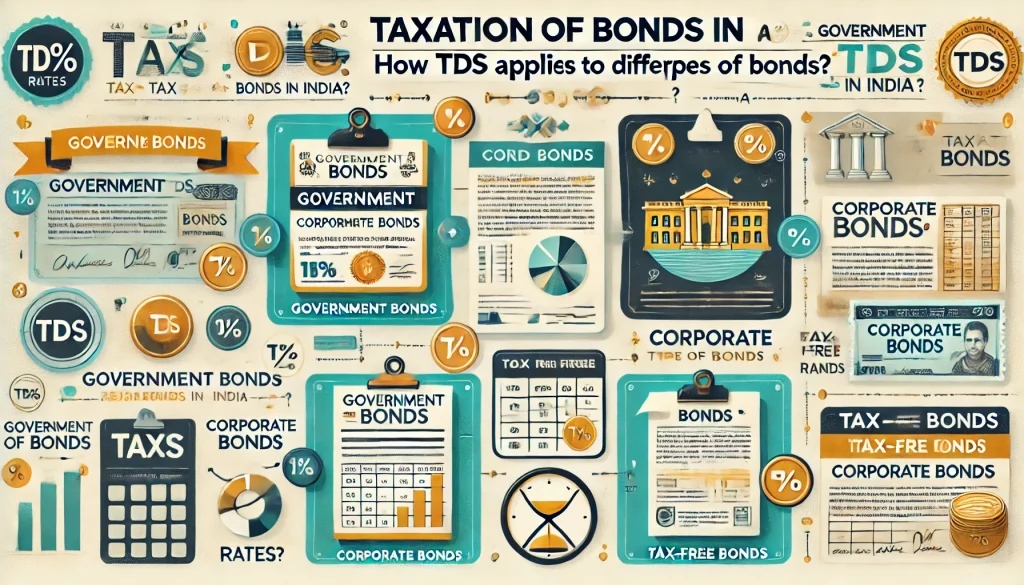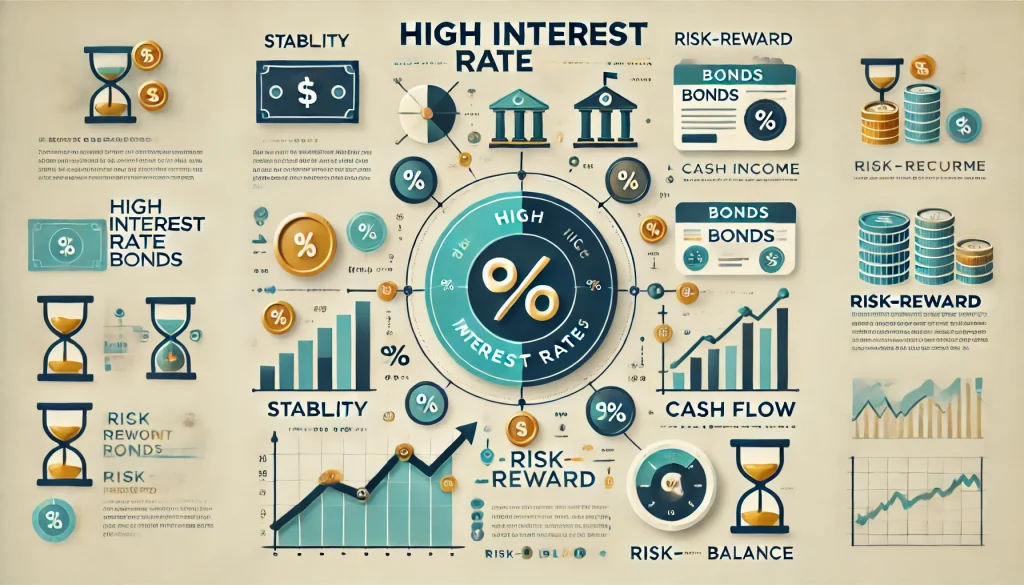
In today’s financial landscape, bonds are a popular investment avenue, serving as a means for an issuer to raise funds and offering a fixed income to investors in return for the capital invested. There are several types of bonds, categorised according to various aspects. Callable and non-callable bonds are two common types of bonds, categorised based on the terms of redemption.
In this blog, we will focus on what non-callable bond is and how it works while highlighting salient features and factors that differentiate them from callable bonds.
What is a Non-Callable Bond?
Non-callable bonds are financial securities that provide investors with a fixed interest until the maturity date, at which point the issuer repays the initial investment. This type of bond is redeemable only when it matures. It is an ideal investment option for risk-averse investors seeking a steady and safe source of income.
How Does a Non-Callable Bond Work?
A key interesting fact about a non-callable bond is that it comes with assured interest or coupon payments for investors till its maturity. The only downside associated with such bonds concerns the issuers, which is having an obligation to make fixed interest payments, regardless of a decline in the market interest rates. A drop in interest rates may result in issuers incurring an increased cost of debt.
Let’s discuss how non-callable bonds work in simpler terms, with the help of an example. Suppose you want to invest in a non-callable bond which has a prevailing interest rate of 8%. However, the interest rate decreases to 6% after 10 years in the market. Even in this case, the issuer of the bond will pay you 8% interest till the bond reaches its maturity date.
Features of a Non-Callable Bond
Non-callable bonds have some salient features which make them a popular investment option while setting them apart from callable bonds as well. Let us take a look at such features of non-callable bonds:
- A non-callable bond comes with a fixed and stable interest rate, enabling investors to predict the exact returns they will generate from their investment.
- Besides a fixed interest rate, it has a predetermined maturity date on which the issuer repays the entire initial investment to an investor.
- The issuing companies of non-callable bonds have a strong credit rating in the market, eliminating the risk of default.
- Non-callable bonds cannot be liquidated or redeemed before the specified maturity date.
- Although callable bonds offer higher yields, investors can gradually earn higher returns from non-callable bonds over a longer time period since issuers are unable to redeem them prematurely.
Callable Bonds vs. Non-Callable Bonds
When it comes to callable vs non-callable bonds, here are some of the key differences that you need to know.
| Point of Difference | Callable Bonds | Non-Callable Bonds |
| Call Risk | Involves higher call risk since issuers can avoid higher interest payments by calling the bonds before maturity | Involves lower call risk since issuers are obligated to pay a fixed interest till maturity |
| Yield | Generally comes with a higher interest rate, which helps in generating better yields | Comes with a lower interest rate, resulting in lesser but stable returns |
| Additional Incentives | Acts as a hedge against decline in market interest rates for issuers | Acts as a secured and regular source of income for investors |
Conclusion
To sum it up, non-callable bonds are a secured investment option with several benefits ranging from fixed interest to reduced credit risk. Unlike callable bonds, these bonds are not subject to early redemption in most cases. However, there could be instances of premature redemption of a non-callable bond under exceptional circumstances, incurring a substantial penalty.
If you are planning to invest in non-callable bonds, it is in your best interest to invest in a bond issued by a company with a strong credit rating after conducting proper research.
FAQs
The primary difference between non-callable and non-refundable bonds is that non-callable bonds are not redeemable before maturity, whereas non-refundable bonds are redeemable but not through issuing new bonds at lower yields.
Treasury and municipal bonds are two common types of bonds that are non-callable.
Yes, a callable bond is cheaper than a non-callable bond. The issue price of a callable bond is relatively lower since the added call option has a value to an issuer.


